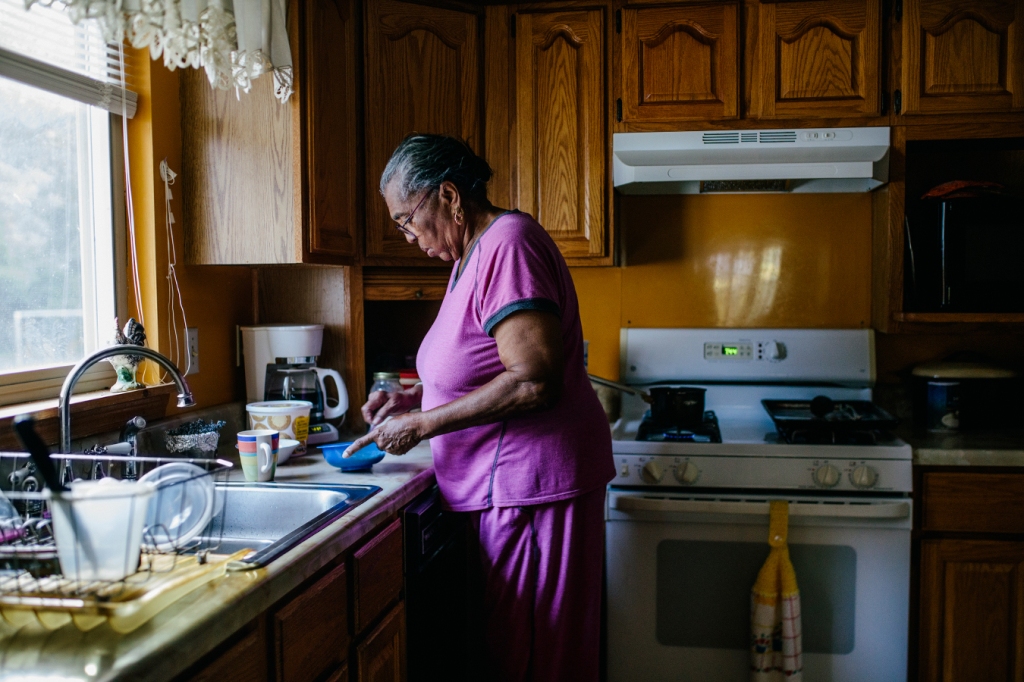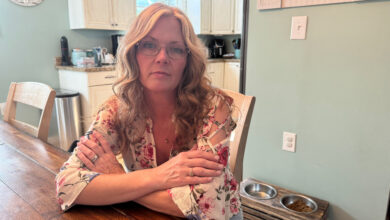Despite Seniors’ Strong Desire to Age in Place, the Village Model Remains a Boutique Option

Twenty years ago, a group of pioneering older adults in Boston created an innovative organization for people committed to aging in place: Beacon Hill Village, an all-in-one social club, volunteer collective, activity center, peer-to-peer support group, and network for various services.
Its message of “we want to age our way in our homes and our community” was groundbreaking at the time and commanded widespread attention. Villages would mobilize neighbors to serve neighbors, anchor older adults in their communities, and become an essential part of the infrastructure for aging in place in America, experts predicted.
Today, there are 268 such villages with more than 40,000 members in the U.S., and an additional 70 are in development — a significant accomplishment, considering how hard it is to get these organizations off the ground. But those numbers are a drop in the bucket given the needs of the nation’s 54 million older adults. And villages remain a boutique, not a mass-market, option for aging in place.
Now, people invested in the village movement are asking tough questions about its future. Can these grassroots organizations be seeded far more widely in communities across the country as baby boomers age? Can they move beyond their white, middle-class roots and attract a broader, more diverse membership? Can they forge partnerships that put them on a more stable operational and financial footing?
Villages share common features, although each is unique. Despite their name, physical structures are not part of villages. Instead, they’re membership organizations created by and for older adults whose purpose is to help people live independently while staying in their own homes. Typically, villages help arrange services for members: a handyman to fix a broken faucet, a drive to and from a doctor’s appointment, someone to clean up the yard or shovel the snow. Volunteers do most of the work.
Also, villages connect members to one another, hosting discussion groups, sponsoring outings, offering classes, and organizing social events. “I’ve lived here a long time, but I really didn’t know a lot of people living in my neighborhood,” said Nancy Serventi, 72, a retired trial lawyer who joined Beacon Hill Village nearly five years ago. “Now, because of the village, I almost always meet people on the street who I can stop and say hello to.”
In principle, this model of neighbors helping neighbors can work in all kinds of communities, adapted for particular needs. Andrew Scharlach, an emeritus professor of aging at the University of California-Berkeley and a leading researcher on villages, believes the potential for growth is considerable — a view shared by several other aging experts. His work has found that village members have more confidence about aging in place because they expect support will be there when they need it.
In practice, however, the fierce “we’ll do it our way” independence of villages, their reliance on a patchwork of funding (membership dues, small grants, and donations), and the difficulty of keeping volunteers and members engaged have been significant obstacles to growth.
“Villages’ long-term sustainability requires more institutional support and connection, whether from local or state governments, or Older American[s] Act programs, or partnerships with health care providers,” Scharlach told me.
“We have been brilliant about creating a sense of community and giving people a sense of belonging and being cared for,” said Susan McWhinney-Morse, 88, a co-founder of Beacon Hill Village. “But can what we do be scaled broadly? That’s the critical question.”
Consider how small villages are. According to the latest data from the Village to Village Network, a national organization that disseminates best practices, 35% have 50 or fewer members; only 6% have more than 400. Budgets are modest, with two-thirds of villages operating on $75,000 a year or less and only 3% spending more than $400,000.
“What you have are a lot of fiercely independent, hyperlocal organizations scrambling to keep their head above water, and a lot of inefficiencies,” said Joel Shapira, who served on the board of the Village to Village Network for six years. “What you need are a lot more orchestrated efforts to bring villages together.”
That’s happening in California, where a coalition of villages is working in sync to expand its impact and seek state funding. Recently, Village Movement California, representing 44 villages with about 7,000 collective members, submitted a $3 million funding request to the state, which has embraced volunteerism and aging in place in its new Master Plan for Aging. Priorities include bringing new and existing villages into underserved communities and creating a training institute to promote equity and inclusion, said Charlotte Dickson, Village Movement California’s executive director.
Early discussions are underway with Sistahs Aging with Grace & Elegance, a California organization dedicated to Black women.
“This concept, people in the community taking care of each other, is not new to the African American community,” said Carlene Davis, a Sistahs Aging co-founder. “But having it in a formalized structure surrounding aging in place intentionally doesn’t exist. We’re at the stage where we’re asking, ‘Can we envision a village model that is culturally responsive to the needs of our community?’”
Another coalition, Washington Area Villages Exchange, represents 75 villages that have opened or are under development in the Washington, D.C., metropolitan area. Affiliates in the district are supported, in part, by city funding, which rose to nearly $1 million annually during the pandemic, according to Gail Kohn, coordinator of Age-Friendly D.C.
On a $50,000 annual budget, Legacy Collaborative Senior Village helps 321 low-income adults in the district, most of them African Americans, access transportation, food, and home and community-based services, and learn how to advocate for themselves with service providers.
“The seniors in our communities are very neighborly, but we had to show them how they could do things on a larger scale if they worked collectively,” said Katrina Polk, the village’s interim executive director and CEO of Dynamic Solutions for the Aging, a consulting firm.
In Colorado, A Little Help has pursued another strategy that many villages are contemplating: forging closer ties with organizations such as Area Agencies on Aging, senior centers, and senior housing complexes. “Covid inspired a fresh look at how we can work together with partners in our communities,” said Barbara Hughes Sullivan, national director of the Village to Village Network.
Since January 2020, A Little Help — which has 970 members in metropolitan Denver, northern Colorado, and the western part of the state — has received $200,000 to $250,000 a year from local Area Agencies on Aging. Services supported by this funding stream include frequent “how are you doing” calls, in-person visits, and “kindness kits” of books, puzzles, or treats that are dropped on members’ doorsteps — all of which eased social isolation during the pandemic, said Hilary Simmons, A Little Help’s executive director.
Because services are government-funded, A Little Help doesn’t charge membership fees, which can be prohibitively high for many older adults. (Beacon Hill Village’s are $675 a year for an individual and $975 for a couple, with lower subsidized fees for 20% of members.) Instead, it asks for voluntary contributions, which constitute 2.5% of its $1 million annual budget. The largest portion, 42%, comes from in-kind services donated by 4,000 volunteers.
Working with Medicare Advantage plans is also an emerging area of interest. Since 2020, plans have been able to offer supplemental benefits that address nonmedical concerns such as home modifications or “social needs,” explained Tyler Cromer of ATI Advisory, a consulting firm that has worked with Village Movement California. “There’s a lot that villages do to promote health and well-being, and I would love to see a health plan really work with villages to help support their growth,” Cromer said.
That won’t be easy, however, without a stronger research base that can help villages make the case for collaboration, but that is likely “years away,” said Kohn of Washington, D.C. “We need to show that villages and the social engagement that is their mainstay are making an impact on people’s health and longevity,” she said. “If we can do that, we should be able to get funding through health plans and health systems for villages.”
We’re eager to hear from readers about questions you’d like answered, problems you’ve been having with your care and advice you need in dealing with the health care system. Visit khn.org/columnists to submit your requests or tips.
KHN (Kaiser Health News) is a national newsroom that produces in-depth journalism about health issues. Together with Policy Analysis and Polling, KHN is one of the three major operating programs at KFF (Kaiser Family Foundation). KFF is an endowed nonprofit organization providing information on health issues to the nation.
USE OUR CONTENT
This story can be republished for free (details).


